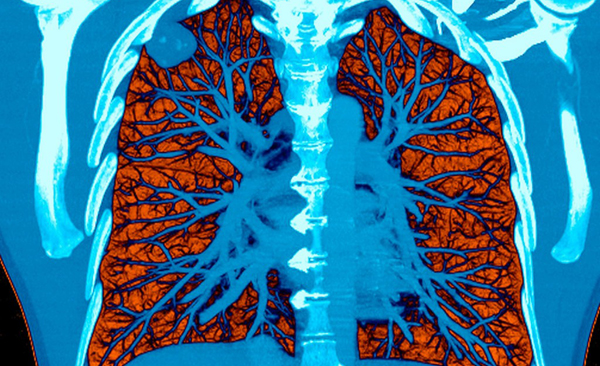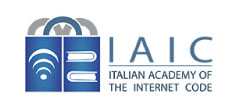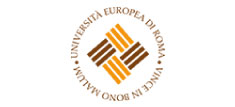L'Autorità Garante della Concorrenza e del Mercato, in data 26 luglio, ha autorizzato con condizioni…
AI was just as good than doctors in diagnosing lung tumors

(Via The New York Times)
Computers were as good or better than doctors at detecting tiny lung cancers on CT scans, in a study by researchers from Google and several medical centers.
The technology is a work in progress, not ready for widespread use, but the new report, published Monday in the journal Nature Medicine, offers a glimpse of the future of artificial intelligence in medicine.
One of the most promising areas is recognizing patterns and interpreting images — the same skills that humans use to read microscope slides, X-rays, M.R.I.s and other medical scans.
By feeding huge amounts of data from medical imaging into systems called artificial neural networks, researchers can train computers to recognize patterns linked to a specific condition, like pneumonia, cancer or a wrist fracture that would be hard for a person to see. The system follows an algorithm, or set of instructions, and learns as it goes. The more data it receives, the better it becomes at interpretation.
The process, known as deep learning, is already being used in many applications, like enabling computers to understand speech and identify objects so that a self-driving car will recognize a stop sign and distinguish a pedestrian from a telephone pole. In medicine, Google has already created systems to help pathologists read microscope slides to diagnose cancer, and to help ophthalmologists detect eye disease in people with diabetes.
“We have some of the biggest computers in the world,” said Dr. Daniel Tse, a project manager at Google and an author of the journal article. “We started wanting to push the boundaries of basic science to find interesting and cool applications to work on.”
In the new study, the researchers applied artificial intelligence to CT scans used to screen people for lung cancer, which caused 160,000 deaths in the United States last year, and 1.7 million worldwide. The scans are recommended for people at high risk because of a long history of smoking.
Studies have found that screening can reduce the risk of dying from lung cancer. In addition to finding definite cancers, the scans can also identify spots that might later become cancer, so that radiologists can sort patients into risk groups and decide whether they need biopsies or more frequent follow-up scans to keep track of the suspect regions.
But the test has pitfalls: It can miss tumors, or mistake benign spots for malignancies and push patients into invasive, risky procedures like lung biopsies or surgery. And radiologists looking at the same scan may have different opinions about it.
The researchers thought computers might do better. They created a neural network, with multiple layers of processing, and trained it by giving it many CT scans from patients whose diagnoses were known: Some had lung cancer, some did not and some had nodules that later turned cancerous.
Continua a leggere sul New York Times.
Crediti foto: Voisin/Science Source








